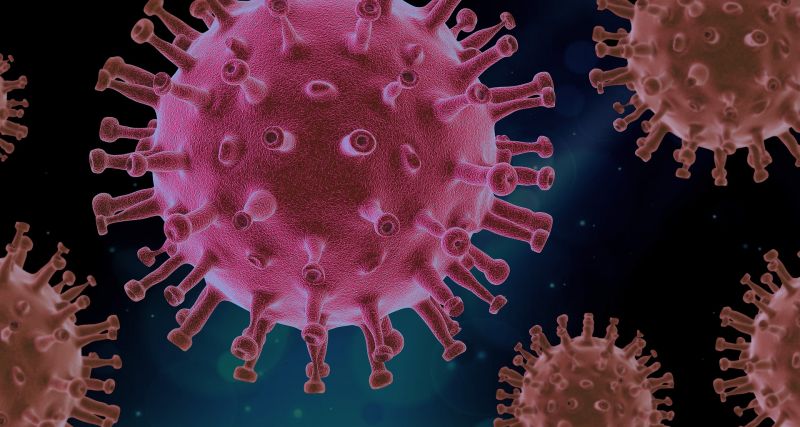An EU-backed project is developing a tool that connects biomass heating supply chain stakeholders. Called e-Market Environment, it is just one of the project’s tools aimed at promoting the spread of bioenergy heating technologies in Europe.
Water covers two thirds of the planet, more than enough to supply every human alive – if only it wasn’t so salty. With climate change and population growth putting traditional water sources under pressure, our expert reveals why desalination is still a pipe dream.
For a healthier ocean, seas, and coastal and inland waters, the Commission is pooling all its necessary resources through a collaborative effort based on research and innovation. A Synergy Info Pack published by CORDIS showcases projects being implemented throughout Europe to speed up the transition in restoring our ocean and waters.
How can Irish family farms become more viable, and how can the younger generation be encouraged to commit to the family business? Through organic farming, says a new EU-funded study.
EU-backed researchers studied different ecological management practices on Scottish livestock farms. They found that adopting ecological practices could help increase farm profits by up to 7 %.

Worried about how some chemicals might affect your health? EU-funded researchers have now found a way to identify the proteins in our body that are affected by the many different chemicals we are exposed to.
The CATTLECHAIN 4.0 project has devised new solutions for farmers to cope better with large numbers of animals while assuring full transparency of the supply chain. The new products could be rolled out as soon as next year.
More than half of the infrastructure located on Arctic coastal permafrost may be affected by 2050, a new study finds.
An EU-funded project is encouraging debate on responsible robotics to promote widespread social acceptance of AI-based robotic technologies in four key areas.
Researchers grow glasswort and grey mullet together for the first time in an aquaponics experiment, and study the growth of greater amberjack reared in sea cages, all under one EU-funded project.
A new study shows a link between the windborne iron aerosols from Australia’s 2019-2020 wildfires deposited in the Southern Ocean and the massive algal blooms observed there, raising new questions about oceanic carbon uptake.
An EU-backed team is developing an innovative photonics sensor for fast and reliable food safety monitoring in Europe’s fruit and vegetable production and distribution chains.
A new study explores the climate and air quality benefits of removing methane from the atmosphere – a crucial complementary approach to current CO2 emissions reduction efforts.
Europe’s agricultural success has come at the cost of a reliance on a small number of high-yielding crops, supported by high inputs of fertilisers and pesticides. Diversifying the crops we grow can support the ecological processes necessary to preserve biodiversity and ensure healthier and more sustainable diets.
An EU-funded team’s novel precision aquaculture technology helps farmers predict water quality events that could affect mussel and oyster culture and lead to site closures.
The EU Green Deal sets a target for 25 % of agricultural land to be organic by 2030. Meeting this ambitious goal demands continuous research and innovation in sustainable food production. The CORE Organic Cofund is helping to drive this transition by increasing cooperation between international research activities.
Researchers studied over 10 000 Capsicum annuum pepper samples from gene banks worldwide to gain insight into the history of this common food.
Residents in the Portuguese city of Porto get help making their own compost, and urban metabolism is analysed as an important tool in transitioning to a circular economy.
Do Europeans really wash their hands after handling raw chicken? An EU-backed study takes a closer look at five European countries’ hygiene practices in the kitchen.
A bulk cargo carrier was recently the test site for a variety of remote inspection techniques (RITs) that demonstrated how robotics solutions can make for quicker, safer and more efficient ship inspections.
